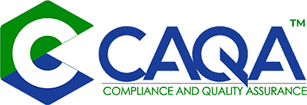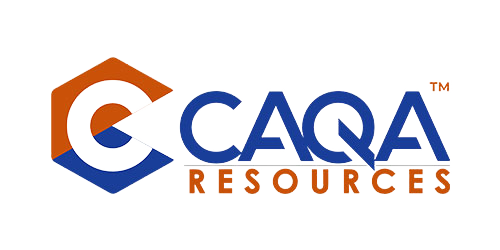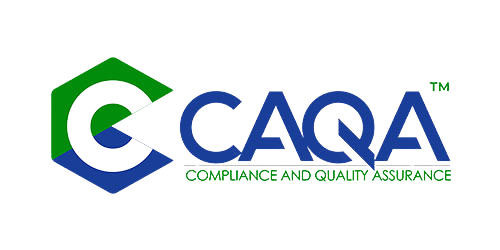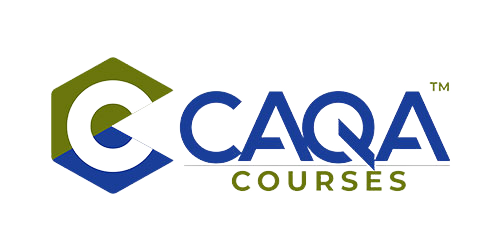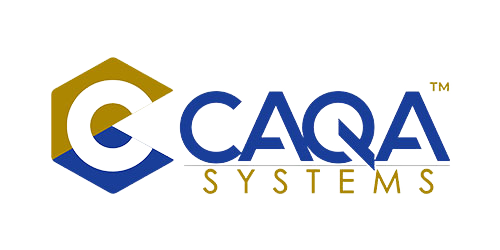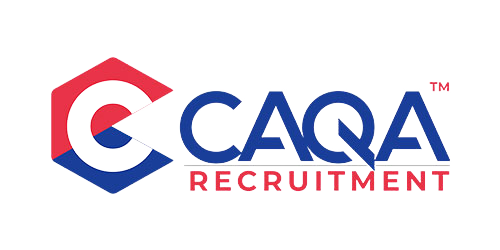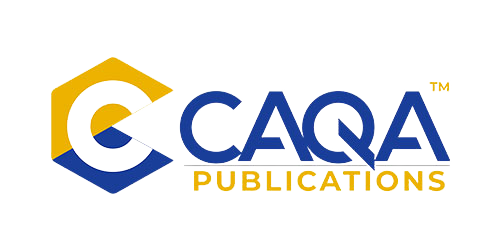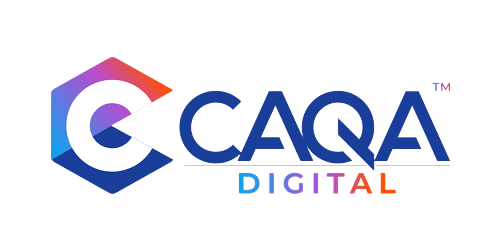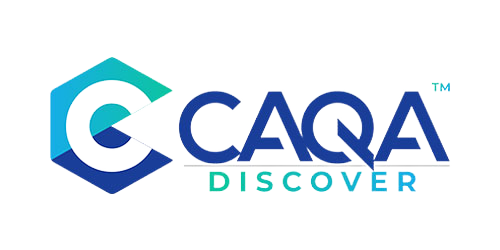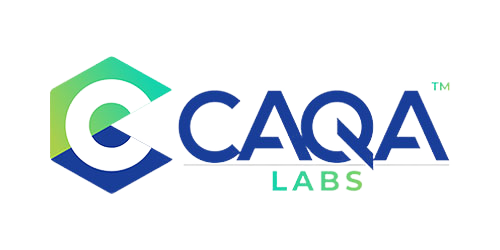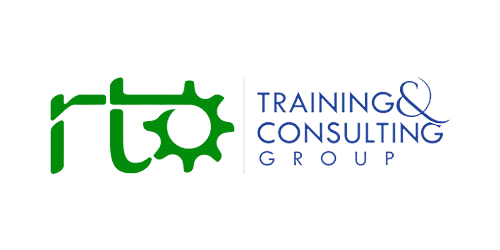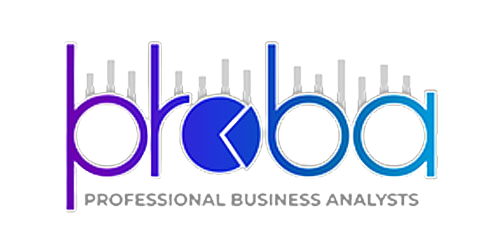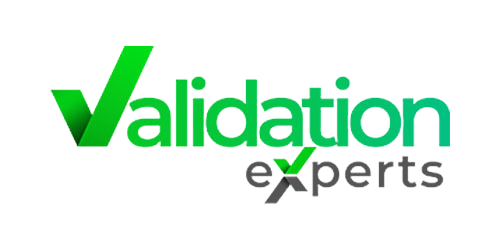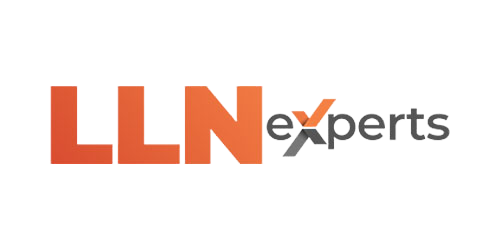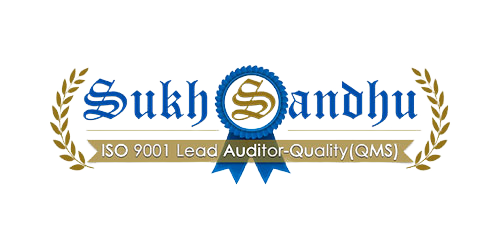
Assistance Annual Declaration
Annual declaration on compliance
Are you confident that your RTO meets current compliance requirements with RTO standards? Or do you need help?
All Australian Registered Training Organisations (RTOs) are required to submit an annual declaration on compliance with the RTO standards applicable to their organisation on or before
17 May 2023.
The CEO Declaration
The declaration is a legal document and the CEO must be truthful and completely open and transparent in making the declaration. The CEO is making the declaration to ensure that the RTO complies with all requirements of the VET Quality Framework as relevant to the training products on the RTO’s scope. There are a number of penalties under the National Vocational Education and Training Regulator Act 2011 that all CEOs should be aware of. https://www.legislation.gov.au/C2011A00012/latest/text
Failure to submit this annual declaration is a breach of conditions of registration as an RTO.
CONFUSED ABOUT THE CEO DECLARATION?
GET A FREE CONSULTATION
ANNUAL DECLARATION REQUIREMENTSAn annual declaration confirms the CEO has systematically monitored the RTO’s compliance with the Standards and whether any issues identified they have been rectified or otherwise appropriately risk-managed. The declaration must be signed by the RTO’s Chief Executive Officer (CEO), who is responsible for the RTO’s operations.
The declaration requires the CEO to testify that:
• All information about the RTO on training.gov.au is accurate (or, if it is inaccurate, that ASQA has been notified of necessary changes)
• To the best of the CEO’s knowledge, all owners and high
managerial agents meet the Fit and Proper Person Requirements.
Demonstrating compliance includes, but is not limited to, showing how the RTO complies with (if applicable):
• The NVR Act and the legislative instruments it enables
• The VET Quality Framework
• Legislation, regulations and standards related to delivery of training to overseas students
• VET Student Loans legislation and rules
• Workplace health and safety legislation and regulations
• Anti-discrimination legislation and regulations
• Consumer protection requirements
- Training and assessment strategies: The RTO has a compliant Training and Assessment Strategy (TAS) for each course delivery type (such as online, classroom, workplace, distance, blended) and cohort of student (domestic, International).
- Industry consultation: The RTO has conducted a ‘range of Industry consultations’ and systematically used the outcome of the Industry engagement to ensure the Industry relevance of the training and assessment strategies, practices and resources and current industry skills of the trainers and assessors.
- Trainers and assessors: The RTO has sufficient trainers to deliver each training product on the scope. The trainers/assessors have demonstrated their vocational competency and Industry currency at each unit level and meet VET knowledge and currency requirements. The trainer and assessor files contain signed copies of their annually updated resumes, certified qualifications and skills matrixes.
- Pre-enrolment information: Information, whether disseminated directly by the RTO or on its behalf, is both accurate and factual and provides students with sufficient information to make an informed decision to enrol in the course with your RTO.
-
Validation schedule: The RTO has implemented a plan for ongoing systematic validation of
assessment practices and judgements for each training product on the RTO’s scope of registration including;
- when assessment validation will occur;
- which training products will be the focus of the validation;
- who will lead and participate in validation activities;
- how the outcomes of these activities will be documented and acted upon.
- Training and assessment materials: The RTO has sufficient, industry-relevant, compliant resources and materials to train and assess all training products on your RTO’s scope. The training and assessment materials meet the training package requirements and Industry expectations.
- Language, literacy and numeracy and support requirements: The RTO can demonstrate how it identifies language, literacy, numeracy and learning requirements for each and every student in every course and how the RTO will provide adequate support for them.
-
Transition planning: The RTO has prepared a compliant transition plan to demonstrate that:
- the commencement of a new learner in a training product which is no longer current (i.e. the training product has been superseded, removed or deleted from the National Register); and
- the time-frame in which an RTO must complete the training, assessment and AQF certification documentation issuance for learners enrolled in a training product which is, or becomes, no longer current.
- RTO Policies and Procedures, Forms and Manuals, Records management system and Practices: The RTO has compliant policies, procedures, forms, manuals, records management systems for effective retrieval, retention and protection of records, complaints management, regulatory compliance, minimising litigation risks, safeguarding important information, better management decision making, version control and RTO practices to ensure the organisation follow a compliant framework to maintain its registration with the regulatory bodies.
- AVETMISS compliant database: The RTO has collected and reported 'Total VET Activity' data. This includes full Australian Vocational Education and Training Management Information Statistical Standard (AVETMISS) data, in accordance with the National VET Provider Collection Data Requirements Policy.
- Compliant testamurs, statement of attainment andrecord of results: The RTO must ensure it is issuing compliant testamurs, statement of attainment and record of results to all eligible students
- Collection and reporting of Quality Indicators and TotalVET activity data: The Data Provision Requirements 2012 requires all registered training organisations (RTOs)registered with ASQA to provide an annual summary report of their performance against the learner engagement and employer satisfaction quality indicators to ASQA. You must also make sure, your organisation has recording and reporting Total VET activity data according to the requirements of NCVER and regulatory bodies. Your RTO is required to meet these data provision requirements as a condition of registration. Regulatory body may impose regulatory penalties if your RTO does not meet these data provision requirements.
The requirements and format of the declaration are slightly different and vary between each of the three Australian VET Regulators:



Conduct an Internal audit
The requirements and format of the declaration are slightly different and vary between each of the three Australian VET Regulators:
